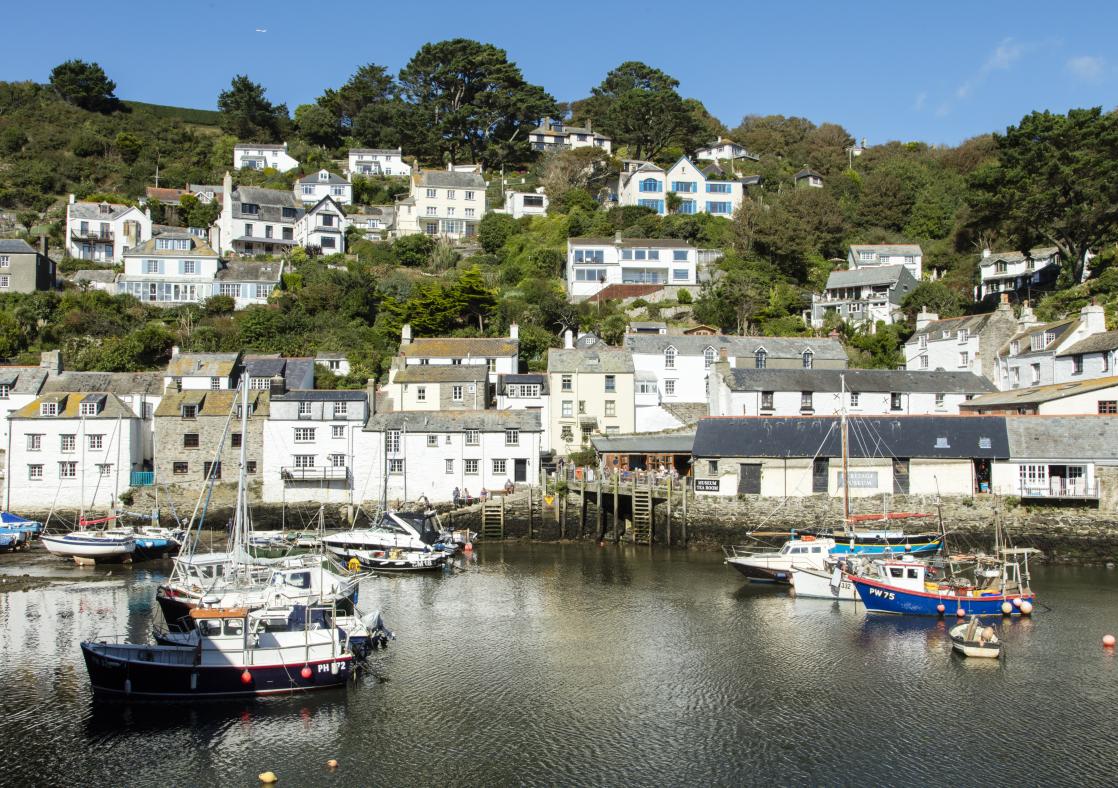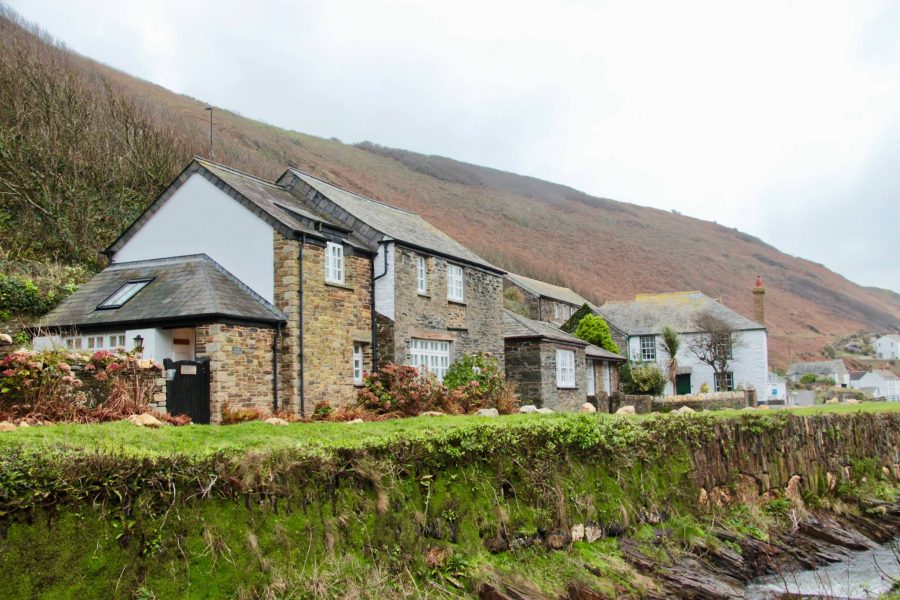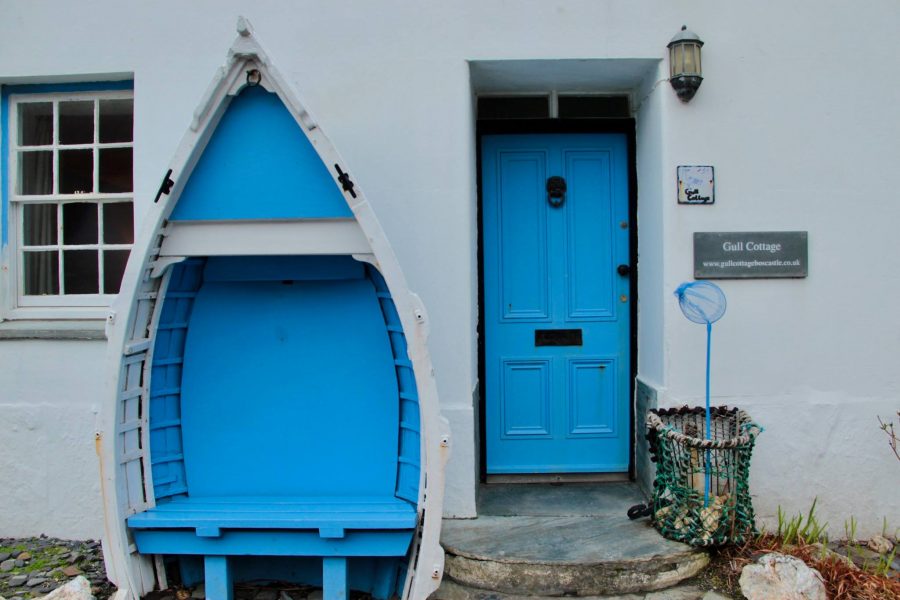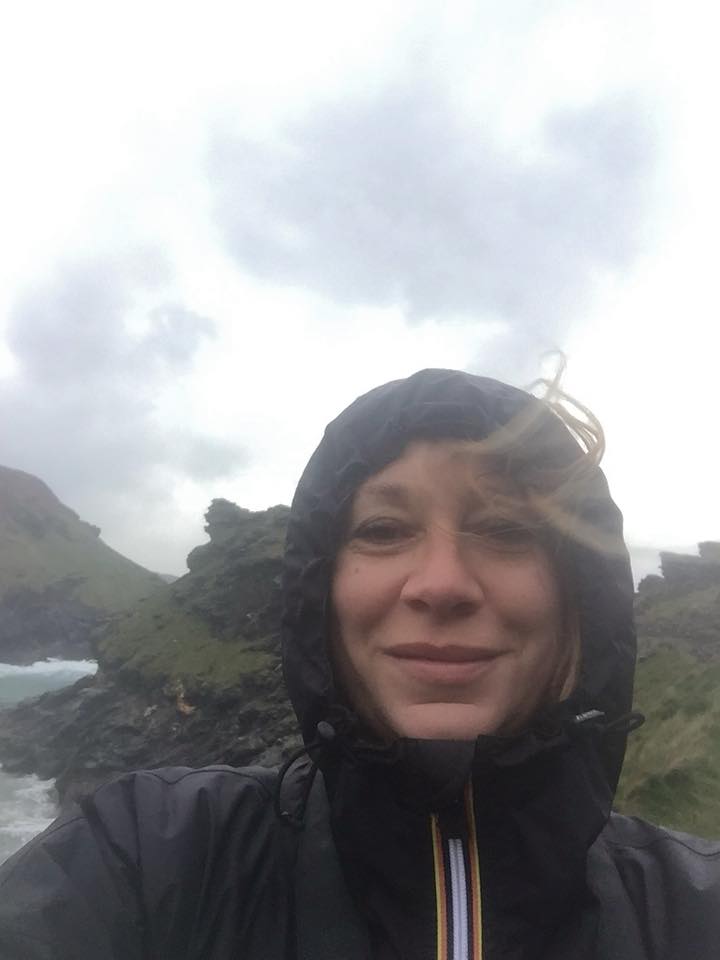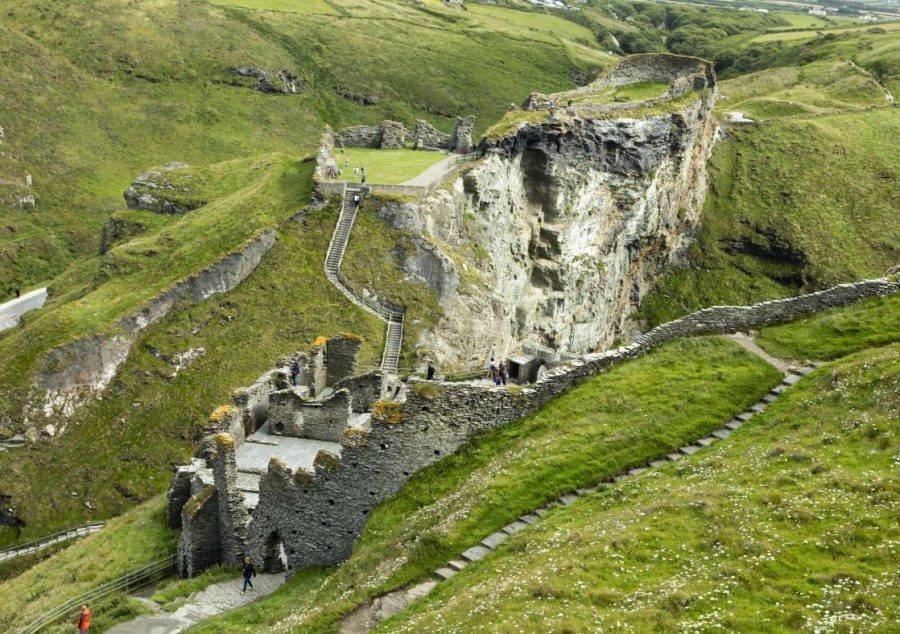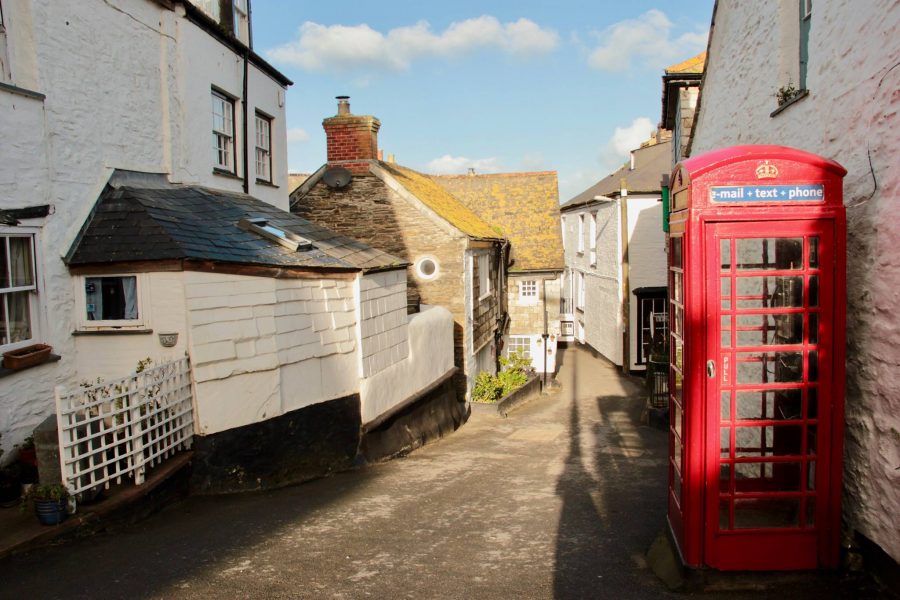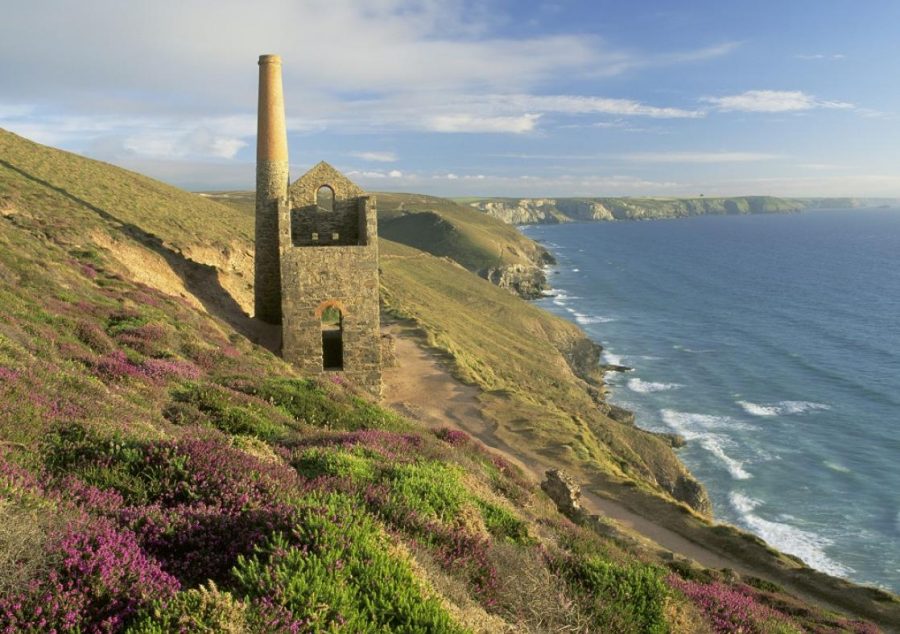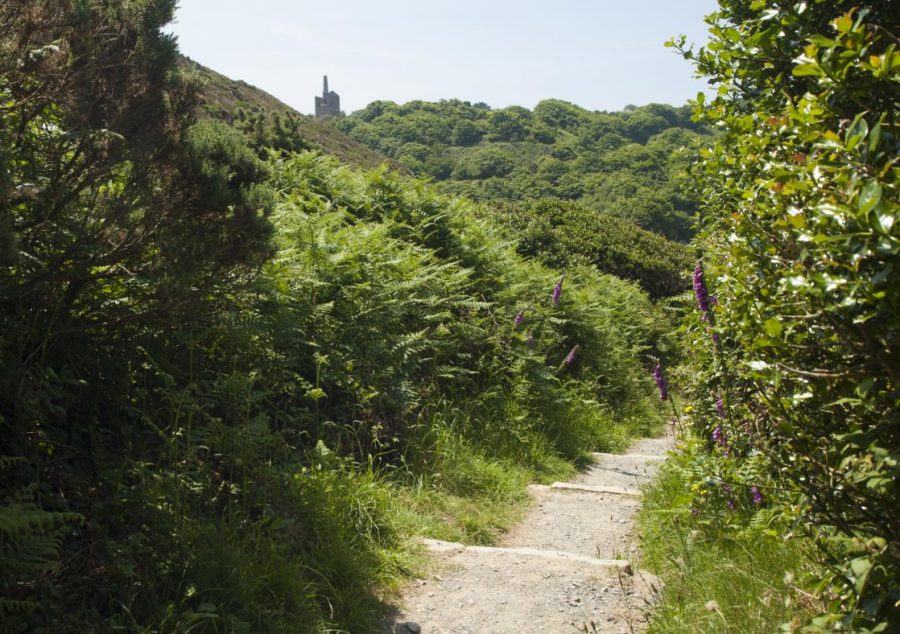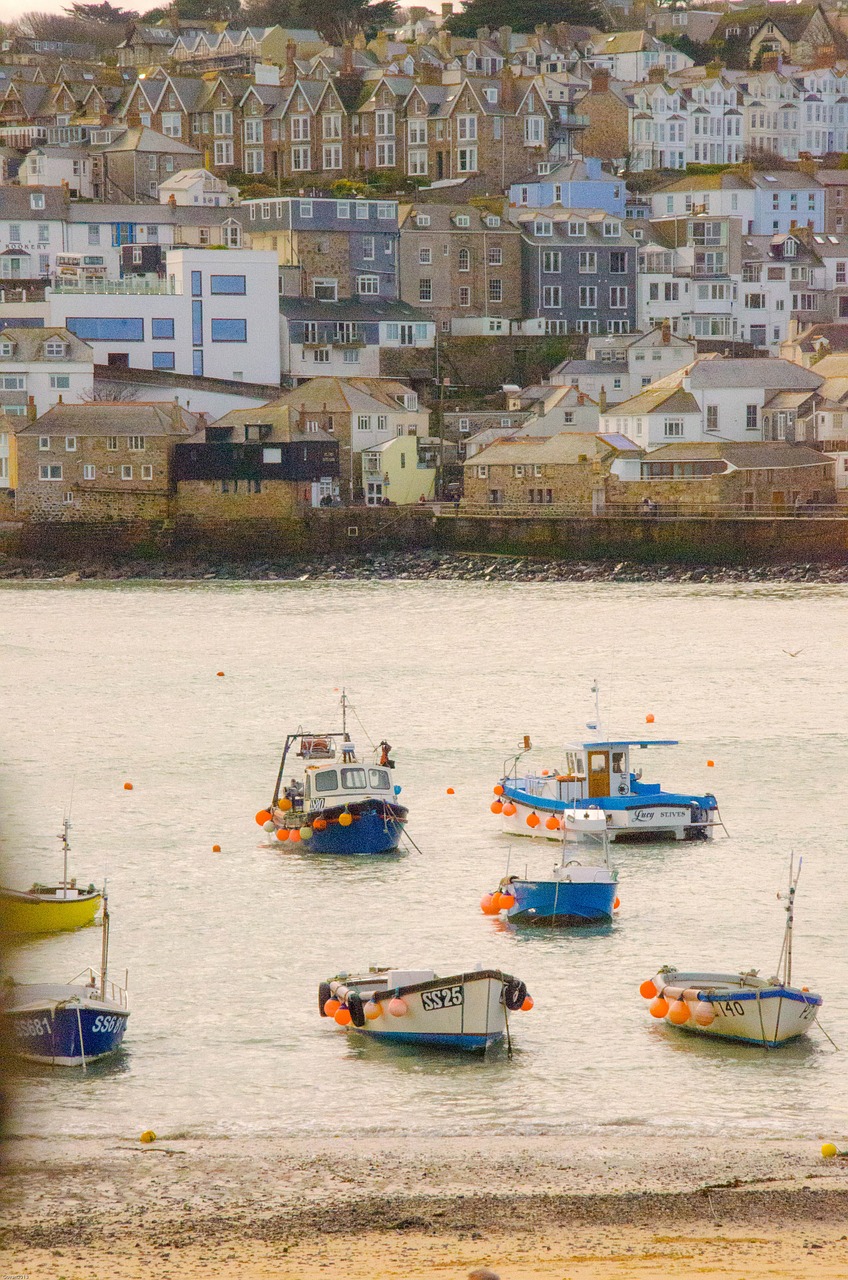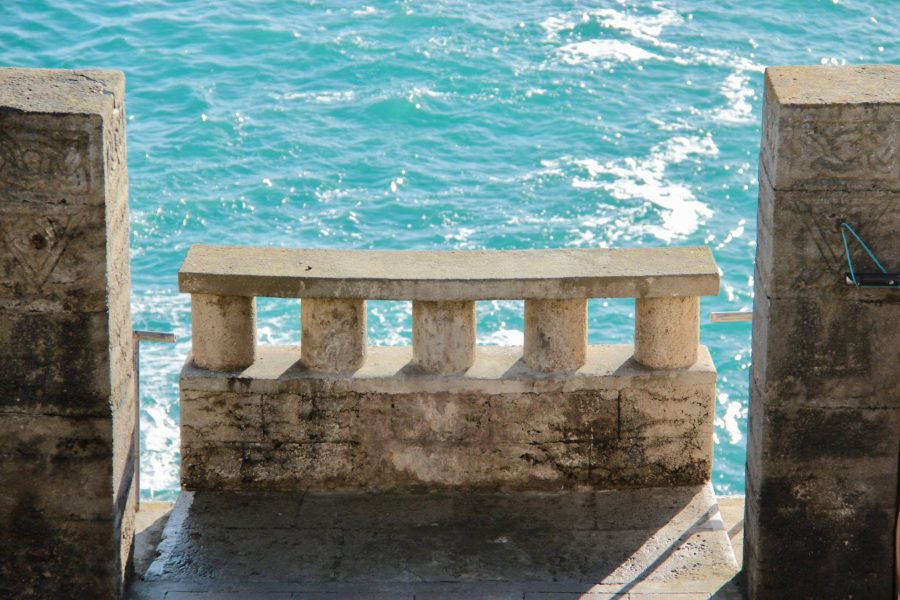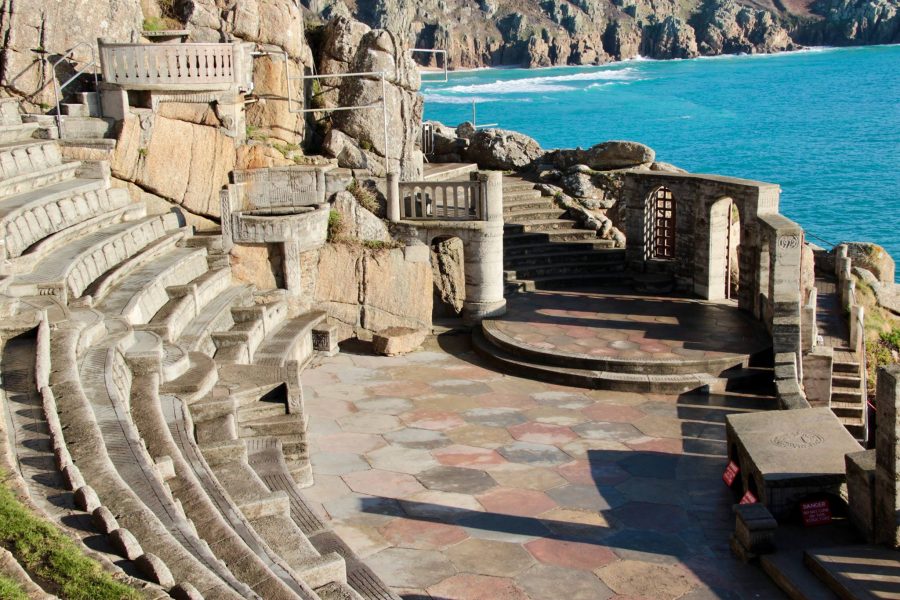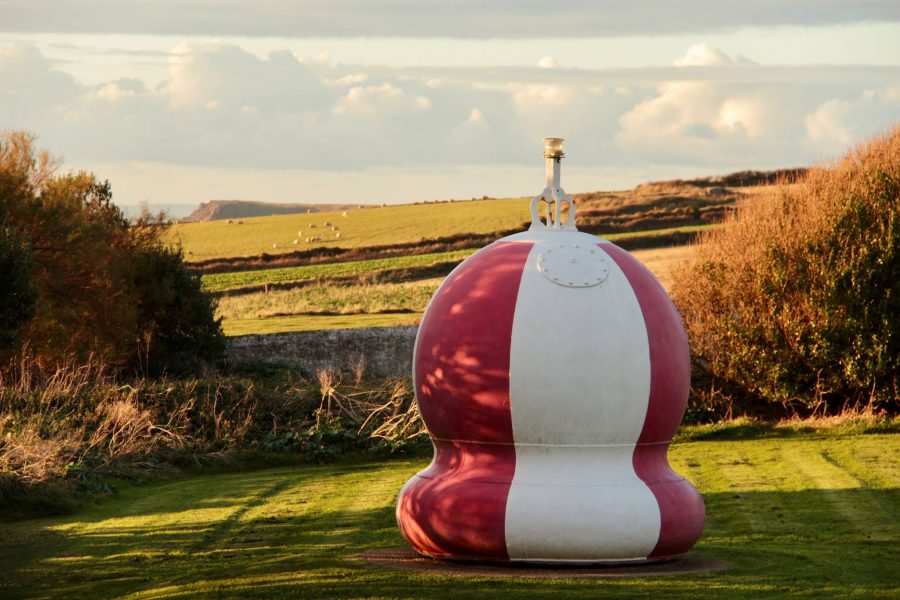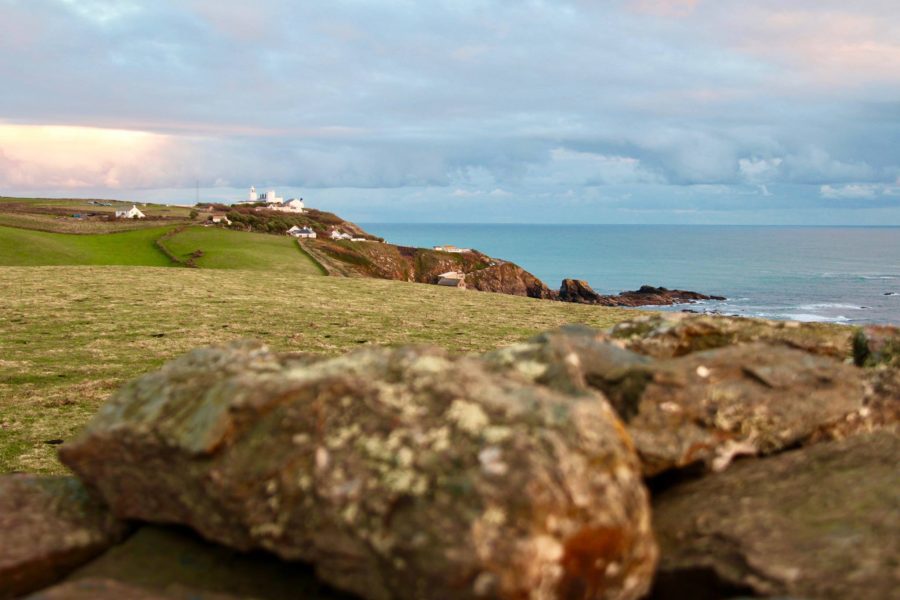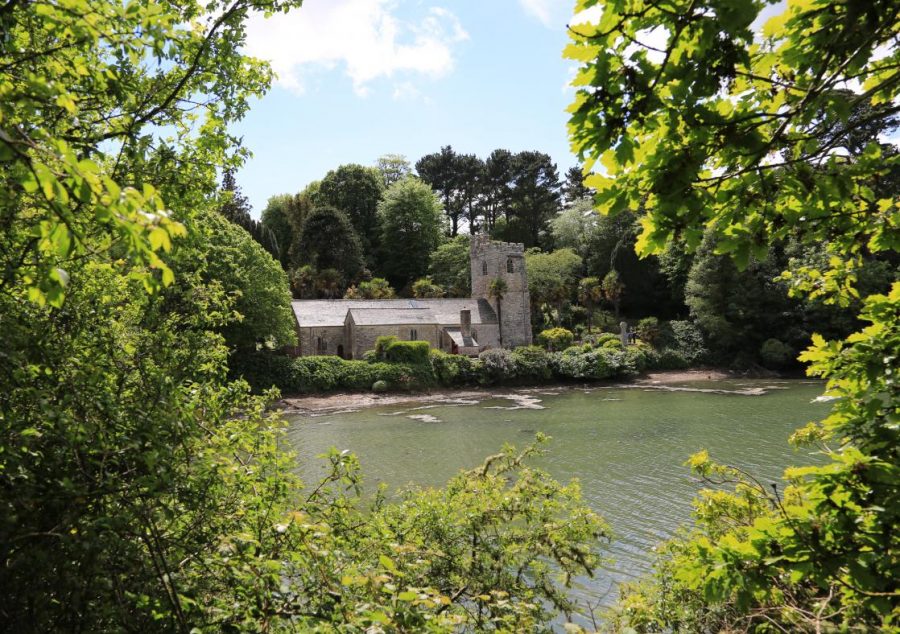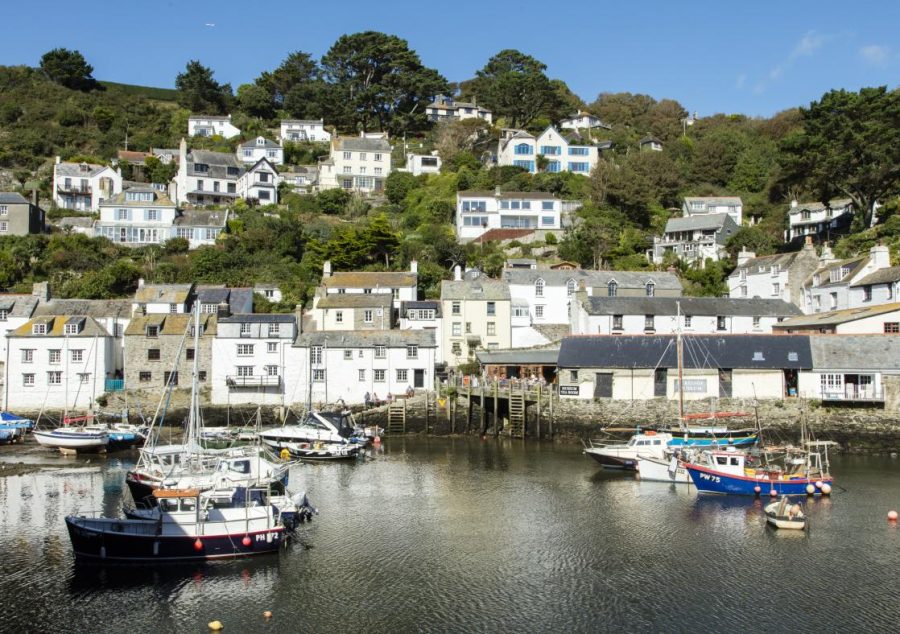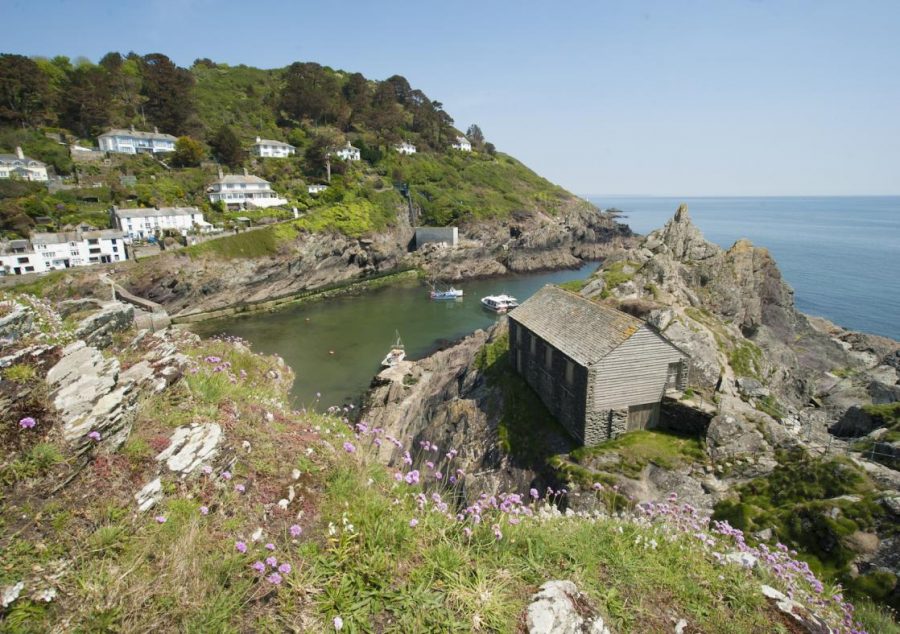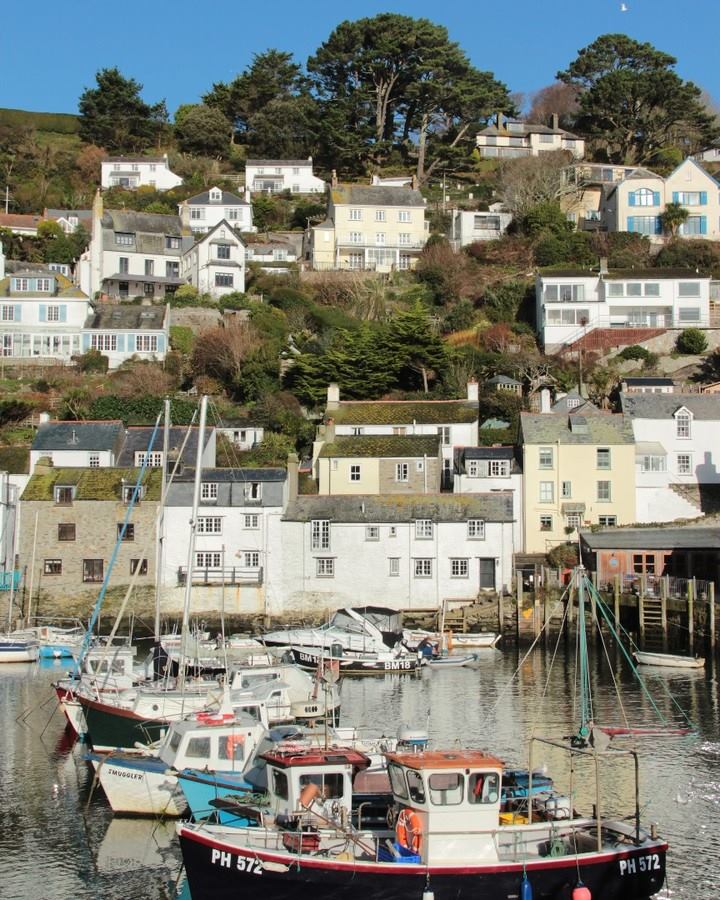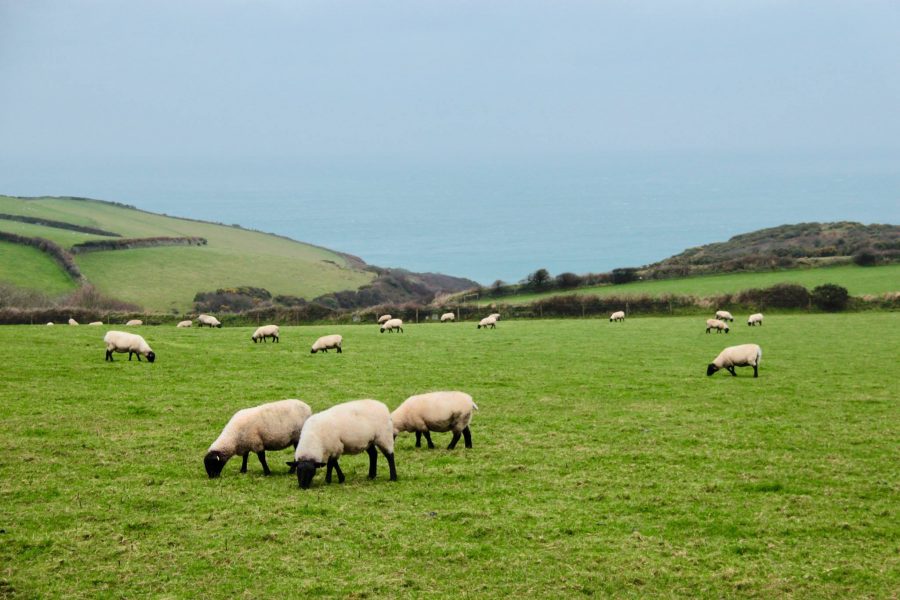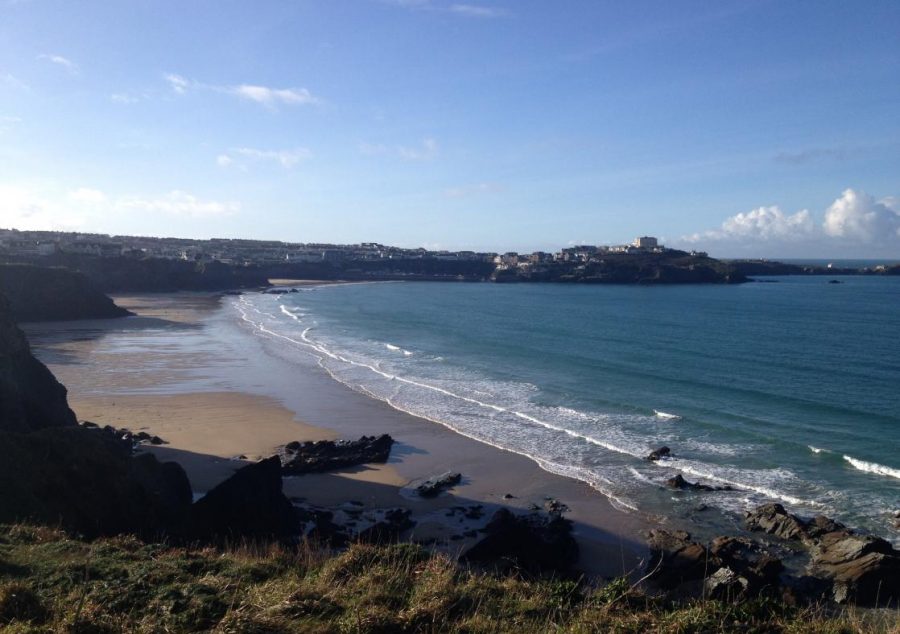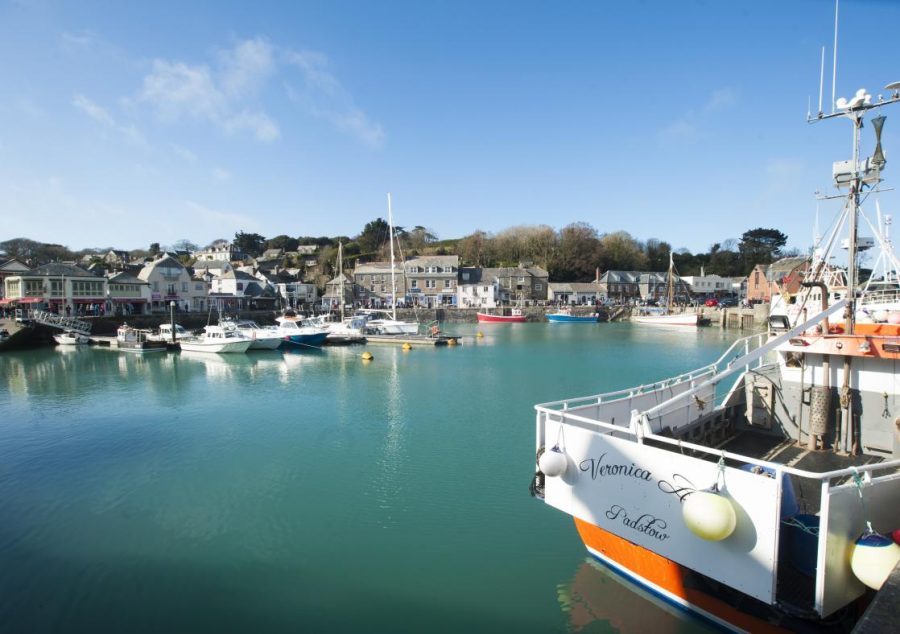A holiday in Cornwall is something that needs to be arranged, even several times in life. I dreamed of a vacation in Cornwall for years, and it all started with Rosamunde Pilcher’s The Shell Seekers and its sequel September followed by the rest of her novels. Her novels tell of a Cornwall made of iconic beaches, windswept fishing villages, cliffs, and poetry, and the region is actually just like that.
“It was a day of cloud and sunshine, the sun blinking in and out, the soft, sweet air spiced by the freshness of the salt breeze.”
The Shell Seekers, Rosamunde Pilcher
My first vacation in Cornwall was also my first solo trip, after college, but I kept going back, again and again, because those little villages on the cliffs, those pastures overlooking the sea, and that brackish are special.
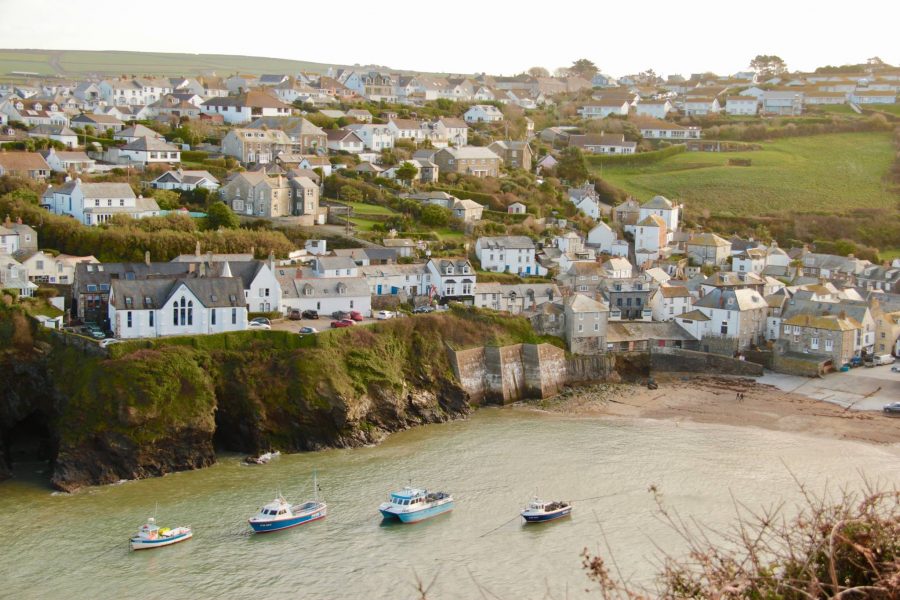
What to visit in Cornwall
What to visit in Cornwall? Everything that inspires you, stopping every few kilometers on those super narrow winding roads, is the correct answer. Every few hundred meters, the foreshortening changes, and they all invite you to stop and take a moment to enjoy what’s surrounds you. Every few kilometers, there is an ancient joyful village, and each one is worth at least a short stroll downtown, and many will make you want to stay a little longer.
To trace an itinerary in Cornwall, however, some filters need to be activated. Here are the truly unmissable stages, at least for the first trip to Cornwall.
Boscastle
Small natural port, to be super romantic, behind which stands a stone village that seems sketched, with pubs every few doors, art galleries, potters, and even a witchcraft museum!
In Boscastle, you should also stop to retrace the footsteps of Thomas Hardy, that on the path that crosses the forest and reaches the Norman church of St. Juliot met his Emma.
On the cliff to the left of the port, another path winds its way towards a sort of slate terrace (oh so slippery) from which you can admire the Devil, a sort of water vortex formed in the hour preceding or following the low tide. Impressive, just as impressive, is the violence of the wind that forced me to crouch while walking as I had the impression of literally flying away!
Tintagel
Tintagel is tiny but decidedly picturesque and, above all, well known, and its fame is all due to the legend of King Arthur. It is said that it was conceived right here.
I have to go back to Tintagel, though, because while I ventured along the paths between the cliffs and the castle together with my friends,
Near Tintagel rises Camelford (Camelot?) with its Arthurian Center. It is said that King Arthur was buried right here, supposedly the site of the final battle with Mordred.
Port Isaac
Port Isaac is a typical and lively fishing village, where you could actually spend an entire vacation. It is vertical, with narrow streets that continually wind around whitewashed cottages framed by pastel colors, descending towards the marina. Here the restaurants are all very inviting (excellent level!), and the fishermen’s tinkering is continuous and constant around piles of crab and lobster crates that form fantastic and odorous constructions.
I think you’ve already seen Port Isaac, at the cinema or on TV. It’s the village chosen as a set for the exhilarating film Saving Grace and the historical show Poldark.
Like everywhere else in Cornwall, hiking and walking along the cliffs is one of the things to absolutely do. The most accessible paths start from the two sides of the marina, going towards Port Gaverne or Roscarrock Hill.
For a walk on the beach, I recommend the nearby Padstow. While if you are a lover of waves and surfing, even at low temperatures, I recommend you head a little further south, up to Newquay. But the truth is that you can easily calculate a stop of a few minutes at each cove or beach …
St. Agnes
St. Agnes is picturesque and photogenic but also alive and industrious and tells the British mining story. Heading downhill from the village to Trevaunance Cove, you can admire the ruined harbor and then splendid beaches (Trevaunance Cove Beach, Chapel Porth, Trevellas Porth, and Porthtowan) connected by paths on the cliff, and it’s just along one of these that Wheal Coates stands, now declared World Heritage of Cornwall and soul of the Poldark novels. I also recommend the St. Agnes Museum on Penwinnick Road, open every day and free.
St. Ives
St Ives is a perfect destination for a beach holiday in Cornwall, even in the middle of winter. Still, I think it’s also an ideal place to live: wide, with all services, but authentic and extremely picturesque, with golden beaches (Porthmeor, Porthgwidden, Harbor beach, Porthminster) and magical light.
Light and beaches that you also know thanks to the paintings of Turner and Moore. St. Ives is perhaps associated also with the lighthouse that inspired Virginia Woolf, Godrevy Lighthouse.
There is really a lot to do in the city. Still, I recommend the Barbara Hepworth Museum and Sculpture Gardens, where beautiful 20th-century sculptures enhance the beauty of well-kept, peaceful English gardens, the Tate Gallery, and the local history museum. I also recommend you start wandering in the maze of cobbled lanes known as Downlong.
If the sea allows it, you can also opt for a boat trip up to Seal Island, known for the apparently very sociable seal colony.
Penzance
Penzance is a large city devoid of the typical Cornish charm and romanticism, although some streets near the port preserve a certain tradition and above all offer a succession of traditional pubs with a nice atmosphere.
I’m talking about Penzance because it’s actually a great base to explore and visit the surroundings. For purely economic reasons, I have, in fact, chosen to sleep here and organize day trips in both directions. Ferries to the Isles of Scilly also depart from the port.
Land’s End
Land’s End is the most south-west point of Great Britain. It is also an important national tourist destination, so touristic that there are 4D cinemas, souvenir shops, interactive exhibits, and other attractions designed for families in a tiny space.
In short, you might have understood that this is not my cup of tea, but I recommend you get up to this towering granite cliff if only to admire the Scilly Islands, the lighthouse of Longships, and the grandeur of nature.
Minak Theatre
The Minack Theater is a Greek-Roman amphitheater-style open-air theater, but it is unique and special. Its name derives from meyneck, which in Cornish means rocky place, and rises on the cliff near Porthcurno. A true masterpiece.
This magical space was planned and built by Rowena Cade, an incredible woman who grew up feeding on fantasy and theater and decided to share her passion with the community. Helped by two neighbors, in 1932, she started extracting the local granite stones by hand, and in just six months, she had a first part of the theatre ready for a big opening, with William Shakespeare’s The Storm.
The construction and decoration of the amphitheater continued until she died in 1983, season after season. A charity manages today the space, and the performances of the great classics – whose titles are engraved on the concrete seats – mark the summers of Cornwall.
St. Michael’s Mount
An abbey-castle dedicated to the Archangel Michael, just like the Mont Saint Michel in France and the Sacra di San Michele in Italy. The building stands on a tidal island in Mount’s Bay, a few hundred meters from the village of Marazion, and can be reached with a few minutes’ nice walk on a cobblestone road, at low tide, or by ferry.
This is obviously a suggestive and important monument, but I don’t know why it didn’t enchant me … maybe I didn’t visit it at the right moment or with the right spirit. I’ll try again, also because I want to go back to the lovely Mousehole, a stone’s throw from there.
Porthleven
Porthleven has a beautiful beach and a majestic harbor; it is said to have been built by Napoleon’s guarrays. This fishing village, overlooking St. Michael’s Mount, is a popular surfing destination and is also known for its freshwater lake, Loe Bar, which can be reached along the beach at low tide. The church of St Winwalloe is also beautiful.
From here, there’s also a path leading to the Lizard Peninsula, but I recommend it only to experienced and motivated walkers.
The Lizard
The largest and most important lighthouse in Europe and also the most southern point of Great Britain. If you follow me on social networks, you have already seen the photos of the Lizard Point several times, because I am really in love with this place!
The cliff, the cottages, nature, the stormy sea, and the light. The light in this peninsula is special and envelops everything—an idea of paradise.
There is so much to see, from the Marconi Center with its radio experiments to St Winwaloe Church, also known as the Church of Storms, and then, of course, the Lizard Lighthouse.
The Roseland Peninsula
The real summer destination of Cornwall: a succession of small villages for vacationers, bright green bays, and beaches. Popular for sailing, kayaking, windsurfing, and trekking.
In the area I suggest you visit the Tudor Castle of St. Mawes, built by Henry VIII to protect the coast.
Mevagissey
This fishing village takes its name from two Irish saints, St. Meva and St. Issey, dating back to 1313. It seems to have been locked up in a time capsule as it’s well preserved and absolutely typical: a twin-port in pure cornic style, cobbled lanes, lime-lined cottages, salt-impregnated granite, fishing nets, pubs, traditional bakeries, art galleries, and fish restaurants.
If you’re still a little child inside, just like me, I recommend the Mevagissey Model Railway, a huge cellar transformed into a mega track for small trains, with stunning settings and perfection till the smallest detail.
Also, visit the Polmassick Vineyard, Cornwall’s first vineyard, producing good red wine.
The ferry to Fowey also leaves from the local pier. I didn’t take it, but it seems that the chances of spotting elephant sharks, seals, and dolphins are important.
Polperro
Polperro is my passion. One of the most humid villages on the planet, but what a beauty. I was really moved and bewitched by this place, and on several occasions, I evaluated the idea of spending the winter in this old smuggler’s village, and I might do this shortly!
Polperro too is a super cool trekking paradise and has beautiful beaches close by such as Talland Bay, Lansallos and Lantic Bay and then, of course, there are pubs … I like it to the point that the truth is that it almost bothers me to write about it. Like it was my thing …
When to go to Cornwall
It’s a summer destination, but summer is might really be overcrowded, with British mass tourism and foreign visitors, making it decidedly less characteristic and romantic.
If you can, I suggest you go there in winter. It rains, and it’s cold? It is certainly colder than in July, but as for rainfall, the month in England does not really make a big difference…
The last three times, I was there in November, December, and March, and actually, I got very little rain (Tintagel excluded!) And I was able to enjoy enchanted landscapes and quiet life.
How to visit Cornwall
Cornwall by car
From Italy, you can safely land in London and rent a car at the airport. In less than 5 hours, you will be in the heart of Cornwall. Another option is a flight over Manchester or Bristol.
The car certainly gives a sense of freedom. Still, I recommend it only if you travel out of season (summer traffic is crazy) and above all, if you feel comfortable driving on the left and along roads looking more like narrow paths framed by very high hedges (one wonder, but so stressful!) than to passages provided for modern means. You can calculate your itinerary, including filters on traffic.

Cornwall by train
I like traveling by train, and I like it better than any other vehicle in reality. There are several high-speed trains departing from Paddington station in London, such as the Night Riviera Sleeper Service for Penzance. There are also direct trains from Bath and Bristol.
The rail network in Cornwall is widespread, the service is excellent and the views are spectacular.
Cornwall by bus
It’s not something I’ve tried, but the locals say that visiting the region by bus is very easy and cheap. I can only recommend the same service they recommended to me, even though I haven’t tested it.
What to eat in Cornwall
What to eat in Cornwall? Everything! In Cornwall, you eat really well, but let’s see what the real, local delicacies are.
Cheeses are famous, and among these, the Cornish Yarg is the most famous: a 13th-century recipe based on cow’s milk wrapped in nettle leaves. A semi-hard cheese produced only by Lynher Dairies near Truro.
Mousehole’s Stargazy: a pie made from sardines (heads included!), eggs, and potatoes covered with a pastry crust and then baked. The heads come out of the dough, and it is said to look at the stars … well, I didn’t feel like tasting it.
The legendary Cornish pasty: a sort of empanada, once a meal for shepherds and miners and today a fashionable snack all around the United Kingdom. It is a salted pastry stuffed with meat, onion, potatoes, and turnip.
The Newlyn crabs near Penzance seem to be special. I tasted the soup, and it was delicious, but to be honest, I preferred the crab eaten in Port Isaac …
Cornish fairing: the traditional Cornish biscuit, very buttery and based on ginger. They became famous in the Victorian era thanks to John Cooper Furniss, who from Truro sent them anywhere in the kingdom. Today they are in any store!
The Hevva Cake, really heavy as indicated by the name: lard, flour, butter, milk, sugar and raisins.
Saffron bun, a bun made with black currant and saffron, one of the delicacies I can’t resist. Ideal in the tea time menu, accompanied by scones and my current drug, the clotted cream.

Where to sleep in Cornwall
If you plan a vacation in a well-defined village, I would advise you to rent a typical cottage on the cliff, with a thatched roof and white walls. It would be the most authentic experience.
If, on the other hand, you go through Cornwall on the road, inns are a good solution, at villages’ doors, with dinner and breakfast almost always included.
Cornwall is an extremely tourist region. There is no shortage of hotels of all types and categories, guesthouses, hostels, and b&b, so you will have no problem finding accommodation that suits you.
Among the places I have tested, I would recommend the Stargazy Inn in Port Isaac, with its newly reconstructed interiors, great charm, and view of the cliff. The marina is a few minutes’ walk away, and their breakfast excellent!
Enjoy the trip!
This post is for Nino and Serenella two special people who live in another region I love, Tuscan Maremma


